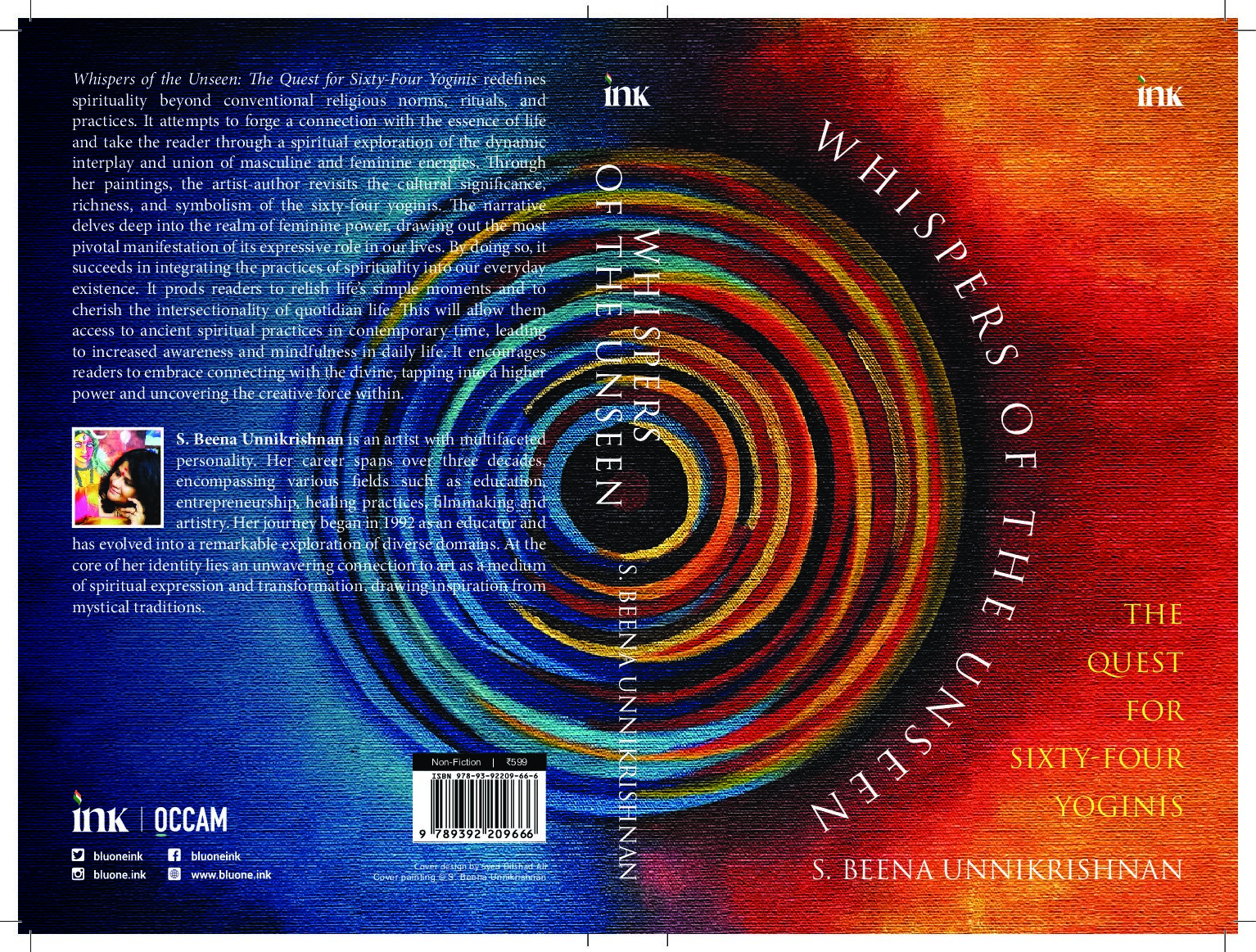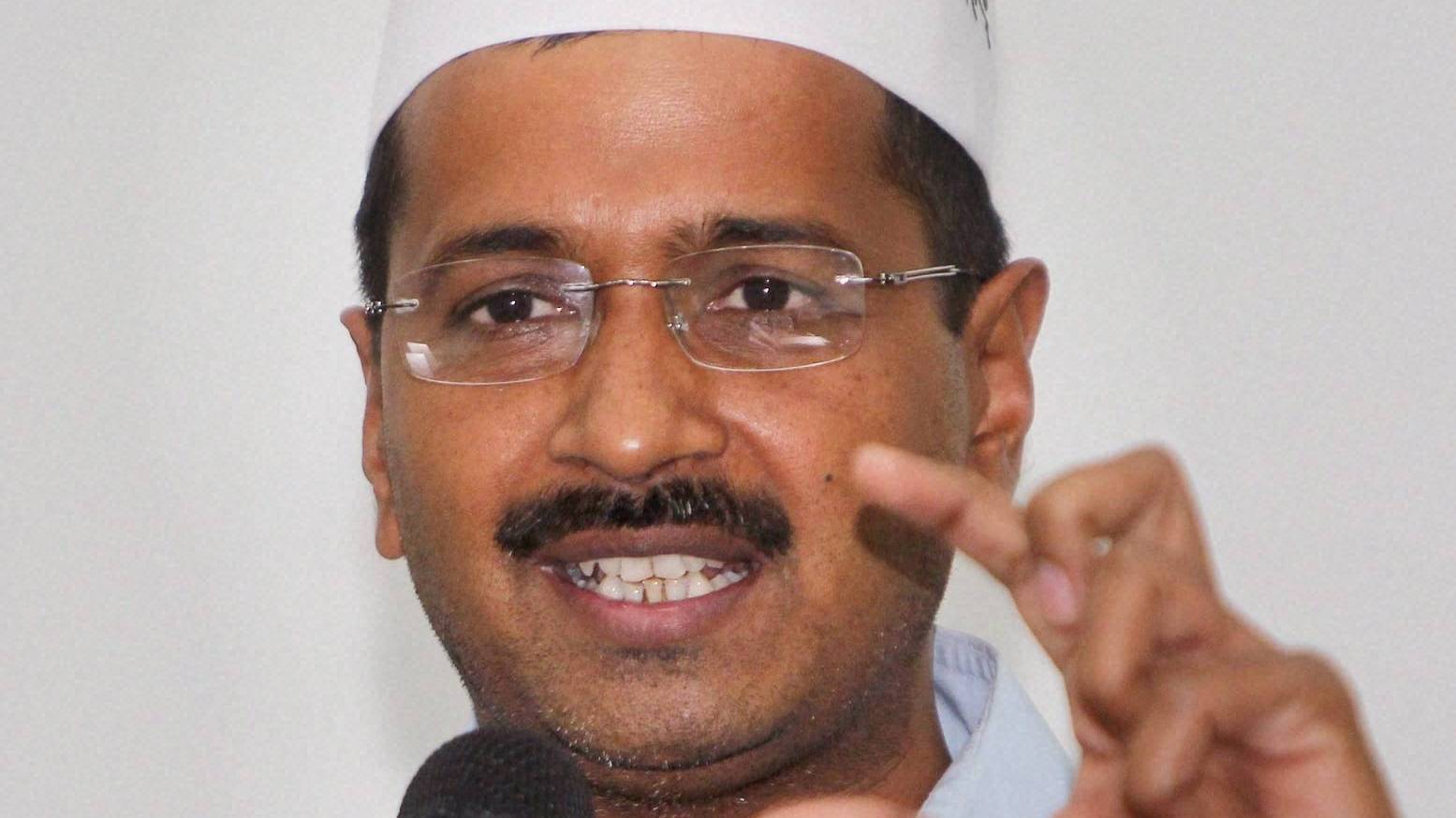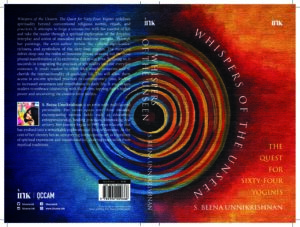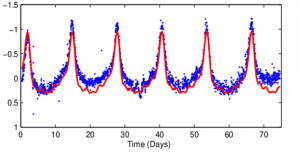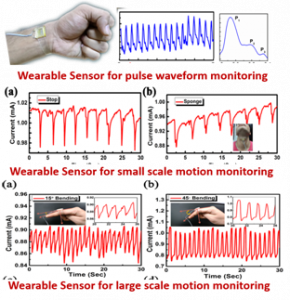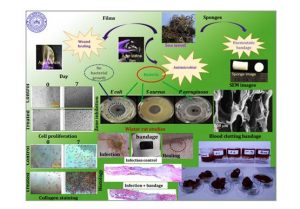4-tier tax structure for GST agreed upon
Ravi Shanker Kapoor | November 3, 2016 10:52 pm
The GST Council agreed upon a four-tier tax structure of 5, 12, 18, and 28 per cent. While goods of mass consumption would be taxed at lower rates, luxury and demerit goods would be taxed at higher rates along with an additional cess on them.
Finance Minister Arun Jaitley said that the rates would help keep inflation under control. He made the announcement at the first day of the two-day GST Council meeting. The goods & services tax (GST) regime is expected to begin next fiscal, that is, from April 1, 2017.
Such items of mass consumption as food-grains and pulses, comprising almost half of the consumer inflation basket, will not be taxed at all. The lowest rate of 5 per cent is meant for goods of common use.
The highest tax slab, of 28 per cent, will be applicable to items that at present are taxed at 30-31 per cent (excise duty plus VAT). High-end cars, tobacco, and aerated drinks would also attract an additional cess on top of the highest tax rate. The accruals from this cess, along with the one for clean energy, would be used to compensate states for any loss of revenue during the first five years of GST implementation.
The compensation would be in the region of Rs 50,000 crore, Jaitley said.
While welcoming the decision, Corporate India recommended “one or two” rates of the GST. “The rate structure will achieve the twin objective of protecting the revenues of the Central and state governments and further containing the inflationary pressures that may arise consequent upon the change of the taxation system,” Ficci president Harshavardhan Neotia said.
“GST rates structure can be absolute limit of four rates as suggested by the government, and over time, the government should commit to converge to one or two rates,” the Confederation of Indian Industry said in a statement.








